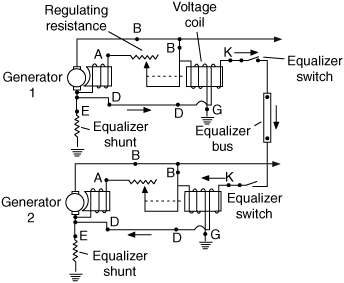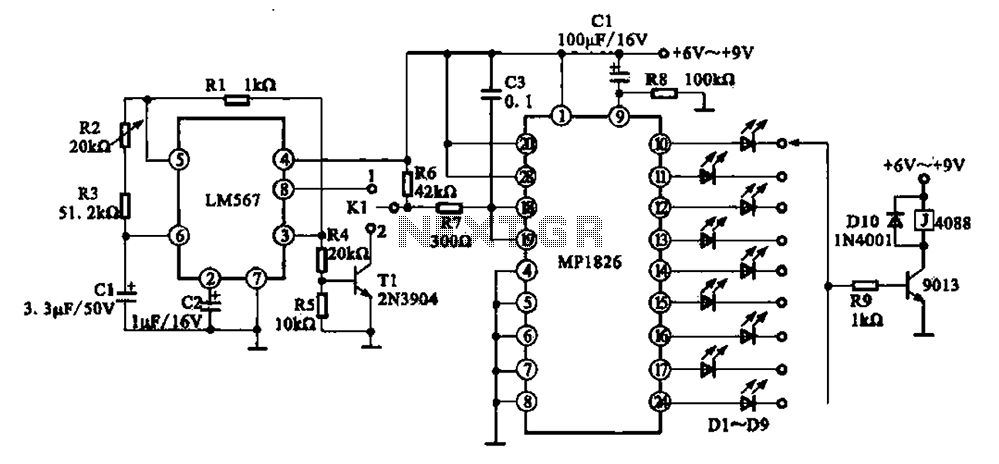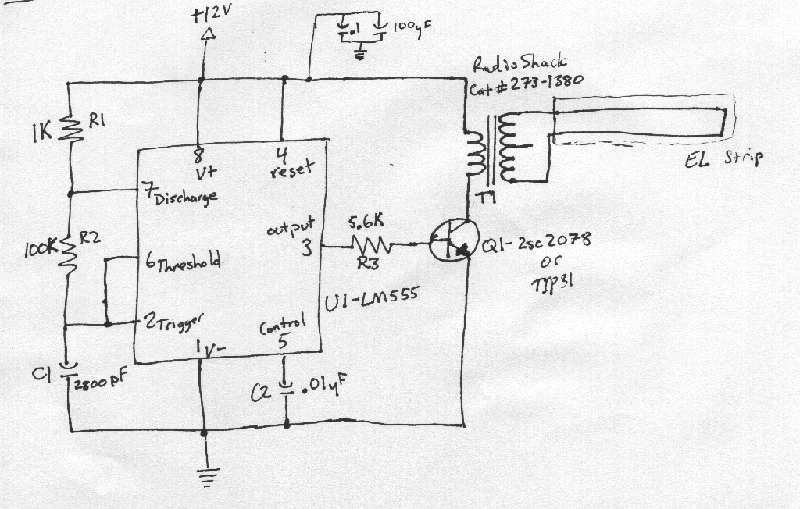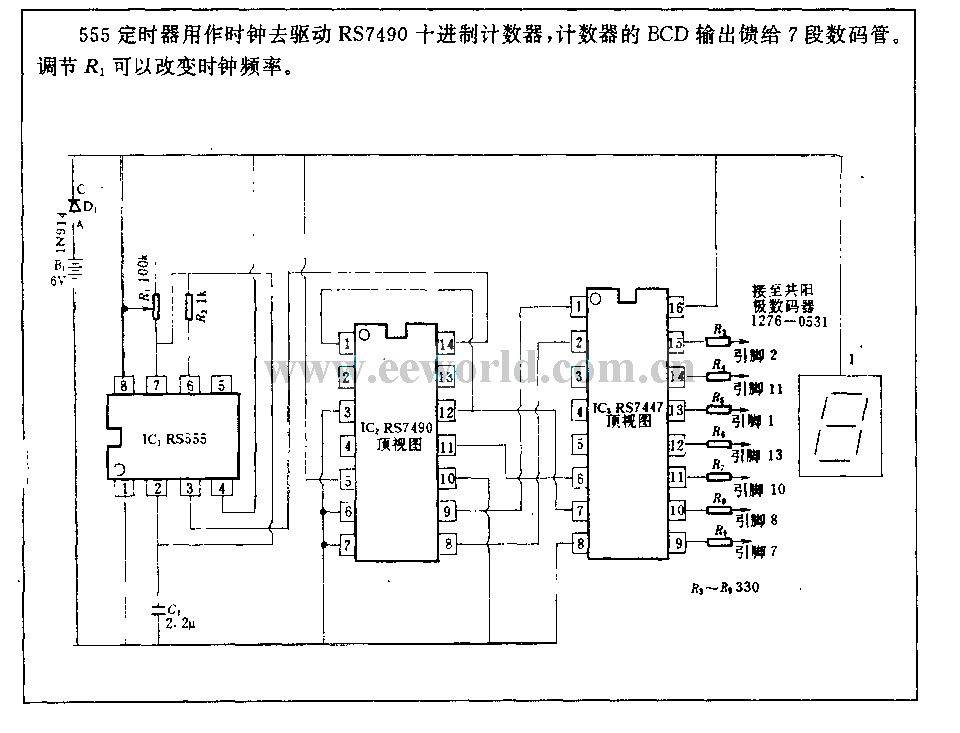
H-bridge circuit using NPN transistors

The transistors Q1, Q2, Q3, and Q4 form a bridge circuit. These are typically power transistors designed to handle high current. Transistors Q5 and Q6 drive the bridge. When input A is set high and input B is set low, transistor Q5 activates, turning on transistors Q1 and Q4. Consequently, current flows from Vcc to ground through Q1, the motor, and Q4, causing the motor to rotate in the forward direction. Conversely, when input A is set low and input B is set high, transistor Q6 activates, turning on transistors Q3 and Q2. In this scenario, current flows from Vcc to ground through Q3, the motor, and Q2, resulting in the motor rotating in the reverse direction.
The described circuit utilizes a H-bridge configuration, which is commonly employed in motor control applications. The four transistors (Q1, Q2, Q3, Q4) are arranged in a manner that allows for bidirectional control of the motor. Power transistors are selected for their ability to handle significant current loads, ensuring reliable operation under various conditions.
Transistors Q5 and Q6 act as control switches for the H-bridge. By manipulating the states of inputs A and B, the circuit can effectively control the direction of the motor. When A is high and B is low, Q5 conducts, enabling Q1 and Q4, which completes the circuit path, allowing current to flow through the motor in one direction. This configuration is essential for applications requiring forward motion.
In contrast, when A is low and B is high, Q6 turns on, enabling Q3 and Q2. This configuration reverses the current flow through the motor, allowing it to rotate in the opposite direction. This dual control mechanism provides an efficient means of motor direction control, which is crucial for robotics, automation, and various electromechanical systems.
To ensure safe and efficient operation, it is important to consider the specifications of the transistors, including their voltage and current ratings, as well as the thermal management of the circuit. Proper heat sinks may be required to dissipate heat generated during operation, especially under high load conditions. Additionally, incorporating flyback diodes across the motor terminals can protect the transistors from voltage spikes caused by inductive loads, further enhancing the reliability of the circuit.The transistors Q1, Q2, Q3 and Q4 form the bridge circuit. Generally these are power transistors capable of handling high current. Q5 and Q6 drive the bridge. when the `A` is made high and `B` low, transistor Q5 is on and it makes Q1 and Q4 on. The current flows from vcc to ground through Q1, motor and Q4. hence the motor rotates in forward direction. When `A` is made low and `B` high the transistor Q6 is on and it makes the Q3 and Q2 on. The current flow from vcc to ground through Q3, motor and Q2. hence the motor rotates in reverse direction. 🔗 External reference
The described circuit utilizes a H-bridge configuration, which is commonly employed in motor control applications. The four transistors (Q1, Q2, Q3, Q4) are arranged in a manner that allows for bidirectional control of the motor. Power transistors are selected for their ability to handle significant current loads, ensuring reliable operation under various conditions.
Transistors Q5 and Q6 act as control switches for the H-bridge. By manipulating the states of inputs A and B, the circuit can effectively control the direction of the motor. When A is high and B is low, Q5 conducts, enabling Q1 and Q4, which completes the circuit path, allowing current to flow through the motor in one direction. This configuration is essential for applications requiring forward motion.
In contrast, when A is low and B is high, Q6 turns on, enabling Q3 and Q2. This configuration reverses the current flow through the motor, allowing it to rotate in the opposite direction. This dual control mechanism provides an efficient means of motor direction control, which is crucial for robotics, automation, and various electromechanical systems.
To ensure safe and efficient operation, it is important to consider the specifications of the transistors, including their voltage and current ratings, as well as the thermal management of the circuit. Proper heat sinks may be required to dissipate heat generated during operation, especially under high load conditions. Additionally, incorporating flyback diodes across the motor terminals can protect the transistors from voltage spikes caused by inductive loads, further enhancing the reliability of the circuit.The transistors Q1, Q2, Q3 and Q4 form the bridge circuit. Generally these are power transistors capable of handling high current. Q5 and Q6 drive the bridge. when the `A` is made high and `B` low, transistor Q5 is on and it makes Q1 and Q4 on. The current flows from vcc to ground through Q1, motor and Q4. hence the motor rotates in forward direction. When `A` is made low and `B` high the transistor Q6 is on and it makes the Q3 and Q2 on. The current flow from vcc to ground through Q3, motor and Q2. hence the motor rotates in reverse direction. 🔗 External reference





